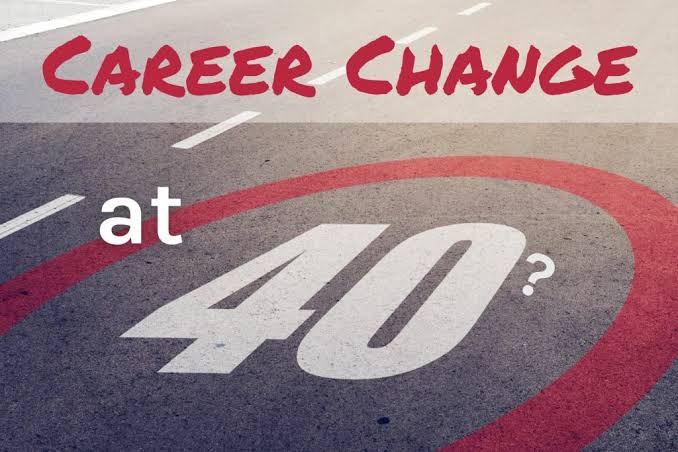EMIs, College Fees, Elderly Care—Shantanu Deshpande on Why 40s Are the Riskiest Career Phase

EMIs, College Fees, Elderly Care—Shantanu Deshpande on Why 40s Are the Riskiest Career Phase
For many professionals, their 40s represent a career peak—but also a time of maximum financial pressure.
As layoffs ripple through India’s corporate sector, it’s not fresh graduates or high-ranking executives who are facing the biggest risk—it’s professionals in their 40s.
This demographic is being disproportionately affected by job cuts across industries, a trend that Bombay Shaving Company CEO Shantanu Deshpande calls a “global phenomenon.” In a recent LinkedIn post that struck a chord with many, Deshpande highlighted the precarious situation of mid-career professionals.
“They have children going to college, money to send to parents, EMIs to cover — and not a lot of savings. It’s very, very worrying,” says Deshpande.
Layoffs at Life’s Most Expensive Phase
For many professionals, their 40s represent a career peak—but also a time of maximum financial pressure. Unfortunately, that combination is proving to be a liability in today’s cost-conscious corporate environment.
The impact is particularly visible in startups and tech-driven firms, where priorities shift quickly and roles can vanish just as fast. As one LinkedIn user shared: “The most vulnerable age group is 40 to 45. You join a fast-growing company from a traditional setup, and two years later, it restructures. You’re out—often with no severance and no backup plan.”
These professionals then face a tough job market—overqualified for junior positions, too expensive for mid-level ones, and lacking the modern tech skills demanded by current trends.
The “40-40” Roadblock
Recruiters refer to this scenario as the “40-40 problem”: if you’re over 40 and expect a salary of over ₹40 lakh, you’re often screened out—unless you bring unique or in-demand expertise.
Why? It’s a mix of age bias, changing skill demands, and a corporate preference for younger, cheaper, more trainable talent. Even those with strong leadership experience are struggling to find footing in a job market now dominated by AI, automation, and cloud-based technologies.
The Hidden Cost: Mental Health
Beyond the career implications, there’s a serious mental health crisis brewing beneath the surface. A 2025 WHO survey revealed that 40% of laid-off professionals reported severe stress post-job loss—especially middle-aged men, who often shoulder the burden of being the primary breadwinner.
In India, losing a job at 40 isn’t just a personal crisis—it’s seen as a family-wide emergency, affecting dependents and future plans alike.
Deshpande’s Advice: Adapt or Get Left Behind
Deshpande wasn’t all doom and gloom—he offered direct advice for those navigating this tough phase:
Start upskilling in AI, save more, and develop an entrepreneurial mindset, he says.
The message is clear, though the path isn’t easy. Learning new skills takes time. Saving more is difficult when expenses are already high. And entrepreneurship, while ideal in theory, isn’t practical for everyone.
Still, proactive adaptation is key. In a rapidly shifting job landscape, only those willing to evolve will survive—and thrive.
A Wake-Up Call for the System
This trend isn’t just about job cuts—it reflects a deeper issue within the corporate and economic structure. It’s time to rethink how we value experience, and to build stronger support systems for those navigating the uncertain middle years of their careers.












